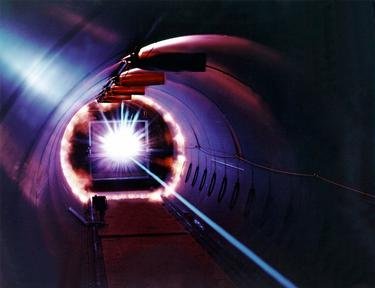Quiz Answer Key and Fun Facts
1. Baryons consist of three quarks. Which three make up the proton?
2. One way to study cosmic rays is to use a cloud chamber. Who originally devised this piece of apparatus in 1911?
3. Which of these particles experiences the strong force?
4. The neutrino associated with the decay of a neutron was postulated in 1931 by which famous physicist?
5. In 1935 Yukawa predicted the existence of the pi-meson. In which year was it finally discovered?
6. The Eightfold Way categorises which groups of particles?
7. Which physicist sucessfully predicted the existence AND the mass of the 'omega-minus' particle, using his theories on The Eightfold Way?
8. The 'omega-minus' consists of three strange quarks. What is its strangeness?
9. In a baryon, three strange quarks cannot simultaneously occupy the lowest energy state.
10. In the theory of quark colour, a red quark will attract an 'anti-red' antiquark.
Source: Author
chrisjwebb
This quiz was reviewed by FunTrivia editor
crisw before going online.
Any errors found in FunTrivia content are routinely corrected through our feedback system.

